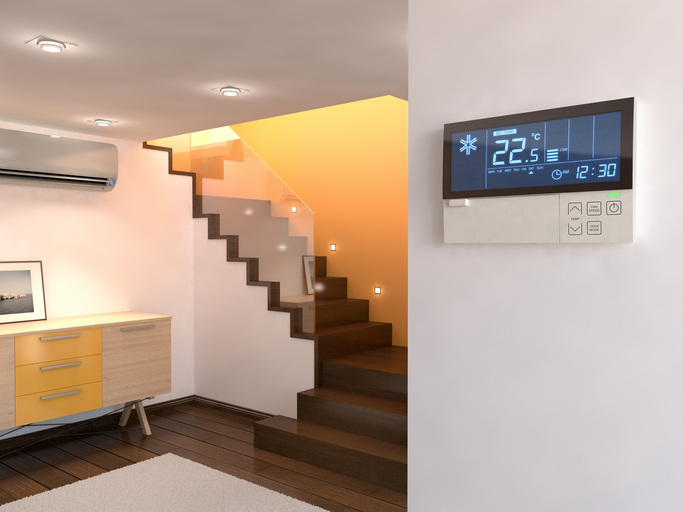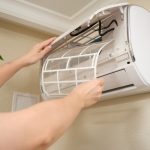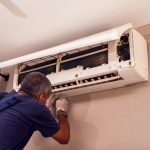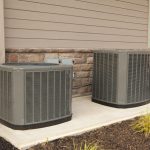
Best HVAC Practices for Multi-Story Homes in Arizona
What are the most common HVAC issues in multi-story homes?
Multi-story homes in Arizona often suffer from hot upper floors and cool lower levels, especially in the summer. With heat rising and solar exposure intensifying upstairs rooms, homeowners frequently battle uneven temperatures and higher utility bills. These are the reasons so many people search for HVAC tips for multi-story homes in Arizona. They are looking for practical solutions to achieve consistent comfort throughout their homes.
How does Arizona’s climate impact HVAC efficiency in two-story homes?
Arizona’s triple-digit heat demands more from HVAC systems. In a two-story home, this strain is even more pronounced. The upper floor absorbs more heat from the roof and sunlight, while cool air naturally settles on the lower level. Without a properly balanced system, your HVAC unit will work overtime trying to cool the top floor. That is why understanding HVAC tips for multi-story homes in Arizona is essential. Tailoring your system to the local climate makes all the difference in energy efficiency and comfort.
What is the best HVAC zoning setup for multi-level homes?
Zoning is one of the most effective HVAC tips for multi-story homes in Arizona. A zoning system allows separate temperature control for each floor, typically using dampers in the ductwork and multiple thermostats. This setup ensures that your upstairs stays cool without freezing out the downstairs. Homeowners who invest in zoning often see improved comfort, longer system lifespan, and lower energy bills.
How can smart thermostats help regulate two-story HVAC systems?
Smart thermostats are another powerful solution for improving comfort. These devices learn your schedule, adjust temperatures automatically, and allow remote access through an app. When used in tandem with zoning, smart thermostats provide granular control that makes it easier to implement effective HVAC tips for multi-story homes in Arizona. You can program cooler temperatures upstairs during the evening and reduce cooling on the lower level during the night, when it’s naturally cooler.
Are ductless mini-splits a good solution for hot upstairs rooms?
If your upper floor feels consistently warmer, ductless mini-split units are worth considering. These systems allow for targeted cooling without extending your existing ductwork. It is a particularly helpful option for add-on rooms, lofts, or converted attic spaces. Homeowners exploring HVAC tips for multi-story homes in Arizona often find mini-splits to be a budget-friendly and efficient solution for balancing indoor temperatures.
What maintenance practices help improve HVAC performance in multi-story homes?
Routine maintenance is critical for any home, but it is especially important for two-story properties. Regular filter changes, duct inspections, refrigerant checks, and seasonal tune-ups help prevent airflow issues and ensure your system is running efficiently. Many people searching for HVAC tips for multi-story homes in Arizona overlook basic maintenance, but staying ahead of wear and tear is one of the easiest ways to improve performance.
Should you upgrade your HVAC system for better multi-floor comfort?
If your system is more than 10 years old or constantly struggling to keep up, it might be time for an upgrade. Modern high-efficiency units are designed with better airflow control, variable-speed fans, and advanced thermostatic controls. For homeowners exploring HVAC tips for multi-story homes in Arizona, replacing an outdated unit can result in more consistent temperatures and significant energy savings.
Why choose McMillin Air for HVAC upgrades in two-story Arizona homes?
At McMillin Air, we specialize in repairing, upgrading, and maintaining HVAC systems for homes of all shapes and sizes across Wickenburg and nearby areas. We know the challenges that come with Arizona’s climate and multi-level living. Our expert technicians can evaluate your current setup and recommend cost-effective solutions that make a real difference in your comfort and utility costs.








0 comments